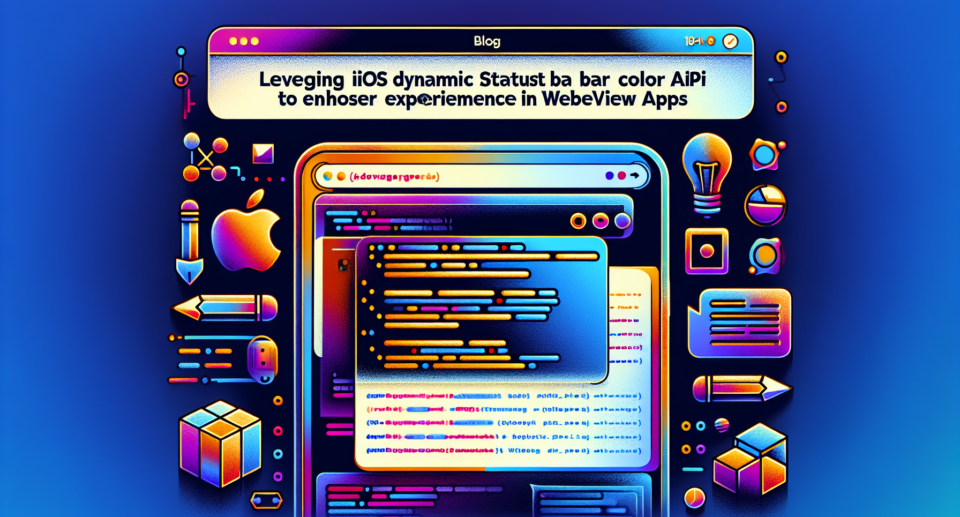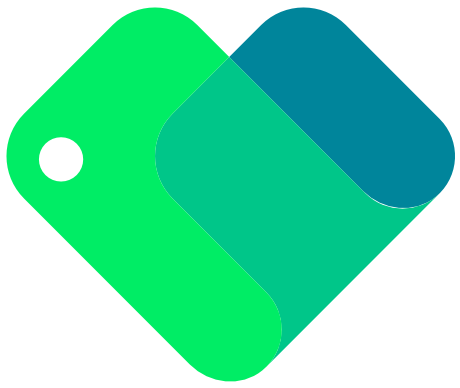Leveraging iOS Dynamic Status Bar Color API to Enhance User Experience in WebViewGold Apps

In today’s digital-first world, creating seamless and immersive app experiences is crucial for engaging users and keeping them coming back. One subtle yet impactful way to do this is by customizing the status bar color in your iOS apps. With the introduction of the iOS Dynamic Status Bar Color API, developers now have more control over the visual aspects of their applications, particularly when converting websites into apps using tools like WebViewGold.
Understanding the Dynamic Status Bar Color API
The status bar is a staple in iOS design, offering quick access to essential information like time, battery life, and network strength. By default, its appearance is consistent across all apps, but through the Dynamic Status Bar Color API, developers can modify its color dynamically. This feature is particularly useful for apps that navigate through various themes or sections, allowing the status bar to seamlessly blend with the app’s visual identity at any given moment.
The Benefits of Customizing the Status Bar
1. **Enhanced Aesthetics**: By aligning the status bar color with the rest of your app’s design, you create a cohesive and polished look that enhances the overall aesthetic appeal.
2. **Improved Usability**: At times, the default status bar color might clash with your app’s color scheme, making icons hard to read. Customizing it ensures optimal readability and accessibility for all users.
3. **Brand Consistency**: For brands with strict color schemes, ensuring that every element within an app aligns with brand guidelines is essential. A dynamic status bar color contributes to a more consistent brand experience across various platforms.
Implementing Dynamic Status Bar Color with WebViewGold
WebViewGold is a robust solution for those looking to convert their website into an iOS app quickly and effortlessly. It simplifies the process, enabling even those with limited coding experience to create native-like applications. One of the exciting features of WebViewGold is its support for the Dynamic Status Bar Color API. Here’s how leveraging this tool can enhance your app’s user experience:
– **Seamless Integration**: WebViewGold allows you to embed your website into an iOS app with minimal setup, taking advantage of iOS features like the Dynamic Status Bar Color without having to reinvent the wheel.
– **Customizable Appearance**: With WebViewGold, adjusting the status bar color to match your website’s existing design is straightforward, thanks to the easy-to-use settings available within the framework.
– **Instant Preview**: Easily preview your changes in real-time to ensure that the status bar color transitions as intended within different sections of your app.
Steps to Customize the Status Bar in Your WebViewGold App
1. **Set Up Your Project**: Begin by setting up your WebViewGold project and linking your website as the web app content.
2. **Access the Configuration**: Use the provided configuration files to tweak the appearance of the status bar. Within these files, specify conditions or sections where the status bar color should change.
3. **Test Across Devices**: Make sure to test your app across various iOS devices and screen sizes to ensure the status bar color appears as desired.
4. **Publish Your App**: Once satisfied with the appearance and functionality, publish your app to the App Store, confident in the knowledge that it boasts a visually appealing and user-friendly interface.
Conclusion
